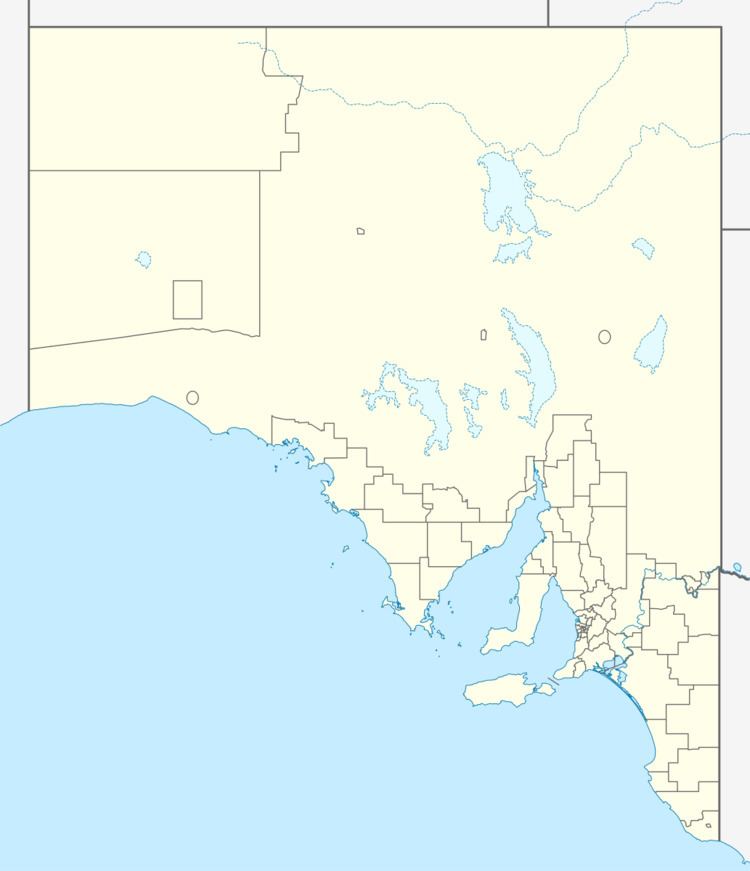Entrances 1 Depth 15 m | Length 70 m Entrance 1 | |
 | ||
Location Princes Highway, near Tantanoola, Australia Geology Oligocene coralline limestone Difficulty Above water - no stated difficulty
Underwater - CDAA Cave grade Hazards silting, overhead environment Access Above water - public (no disabled access).
Underwater - CDAA members only. Similar Blanche Cave, Piccaninnie Ponds Conserva, Ewens Ponds, Bool Lagoon Game Re, Penguin Island Conserva | ||
Green Waterhole Cave (5L81), also known as Greenwater Hole and Fossil Cave, is a cave in the Limestone Coast region of south-eastern South Australia. It lies about 22 kilometres (14 miles) north-west of the city of Mount Gambier, only a few metres from the Princes Highway (Route B1) between Mount Gambier and Millicent. It is notable both as a paleontological site and as a cave diving site.
Contents
- Map of Fossil Cave Tantanoola SA 5280 Australia
- Description
- Fossils
- Exploration
- Recreational diving
- References
Map of Fossil Cave, Tantanoola SA 5280, Australia
Description
The cave is formed in 30-million-year-old Oligocene coralline limestone. The cave is a karst sinkhole and is largely filled with water. The surface depression is about 20 metres (66 ft) long and 10 metres (33 ft) wide. Beneath the surface it extends to a maximum length of 70 metres (230 ft) and a width of 30 metres (98 ft).
Fossils
Since the mid 1960s, a variety of Pleistocene subfossil material of birds and mammals has been found and recovered by divers from the surface of a rockpile to a depth of about 15 metres (49 ft) below the water surface. The probable accumulation mode was by animals drowning when they fell into the cave while attempting to use it as a source of drinking water. Dating of the subfossil remains indicated that their deposition occurred mainly between 15,000 and 40,000 years ago. As well as representing many living animals, examples of extinct species recovered from the cave include the birds Centropus colossus and Orthonyx hypsilophus, and the mammals Thylacinus cynocephalus, Thylacoleo carnifex, Propleopus oscillans, Macropus titan, Protemnodon anak, and the sthenurine kangaroos Procoptodon gilli, Procoptodon maddocki and Simosthenurus occidentalis.
Exploration
Fossils were first collected from the cave in 1964 followed by a further collection in 1968, a number of expeditions which were organised by the South Australian Museum from years 1968 to 1974 and an excavation carried out by the South Australian Underwater Speleological Society (SAUSS) in 1987. The cave’s submerged extent has been surveyed at least three times including by the Flinders University Underwater Club (FUUC) in 1978, Allum and Garrad in 1979 and the SAUSS in 1987.
Recreational diving
Green Waterhole Cave is a notable cave diving site which is known in cave diving literature as Fossil Cave. Access for cave diving is limited to holders of the Cave Divers Association of Australia's Cave grade.
